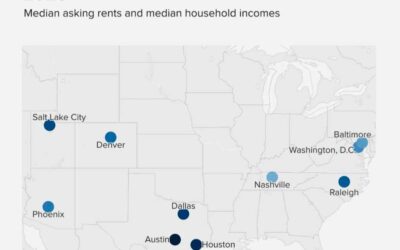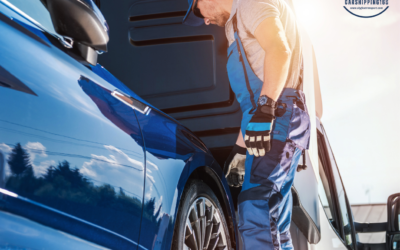Preparing your car for a hurricane is essential to ensure your safety and the safety of others, as well as to minimize potential damage. Here’s a checklist to help you get your car ready before a hurricane:
- Fuel Up: Fill your car’s gas tank ahead of the storm. Gas stations may close or experience long lines during a hurricane, so having a full tank will help you evacuate or navigate local roads if needed.
- Inspect and Maintain: Ensure your car is in good working condition. Check the brakes, tires, oil levels, and other vital fluids. Fix any mechanical issues before the storm arrives.
- Documentation: Gather important documents such as your driver’s license, vehicle registration, insurance papers, and any other identification you may need. Place them in a waterproof container or plastic bag.
- Emergency Kit: Pack an emergency kit in your car, including non-perishable food, bottled water, a first aid kit, flashlight, extra batteries, a multi-tool or Swiss Army knife, blankets, and any necessary medications.
- Communication: Make sure your cell phone is fully charged and consider investing in a portable charger or power bank. Keep important emergency contact numbers written down as well.
- Remove Loose Items: Clear out your car of any loose items that could become projectiles during high winds. These items could cause damage to your car or others during the storm.
- Park Safely: If possible, park your car in a garage, away from trees, power lines, or structures that could collapse. If a garage is not available, try to find a location on higher ground to reduce the risk of flooding.
- Windows and Doors: Roll up all windows and close all doors securely. If you’re concerned about flooding, you can place sandbags around the vehicle to create a barrier.
- Tire Pressure: Keep your tires properly inflated. Properly inflated tires provide better traction and control during wet and windy conditions.
- Stay Informed: Monitor weather updates and heed evacuation orders if they are issued. Follow local authorities’ instructions and plan your evacuation route, including alternate routes, in advance.
- Lock and Secure: Double-check that your car is locked and properly secured before leaving it.
- Returning After the Storm: After the hurricane passes, wait for authorities to declare the roads safe before venturing out. Be cautious of debris and flooding. Check your car for any damage before starting it, and if you suspect water may have gotten into the engine, it’s best to have a mechanic inspect it before attempting to start the vehicle.
Remember, safety is paramount. If conditions become dangerous, prioritize your personal safety and follow evacuation orders. Your car can be replaced, but your life cannot.












